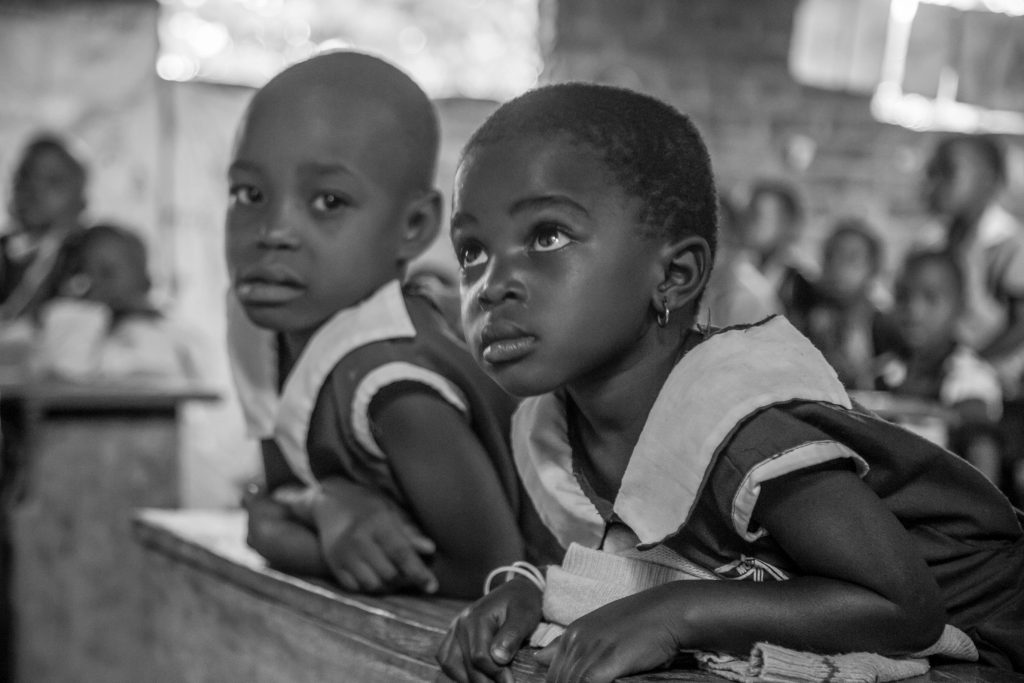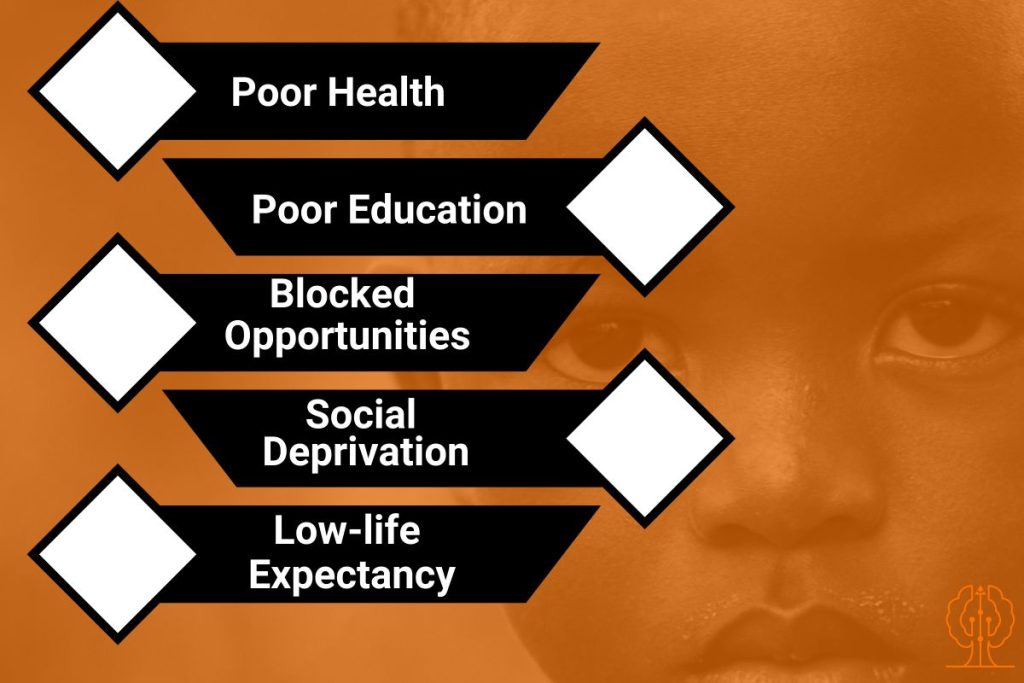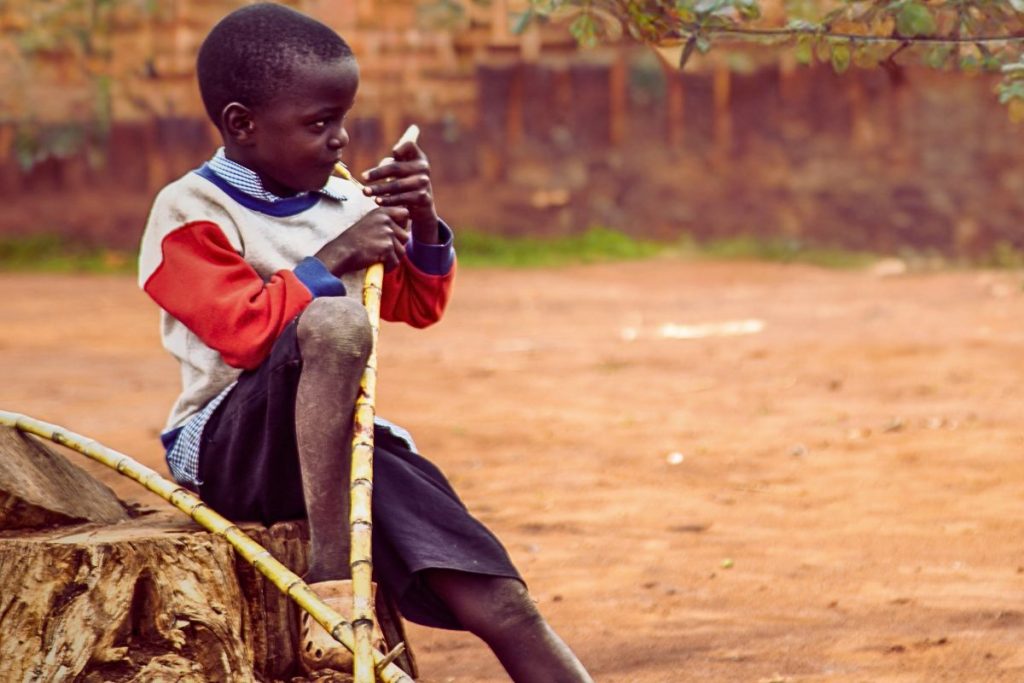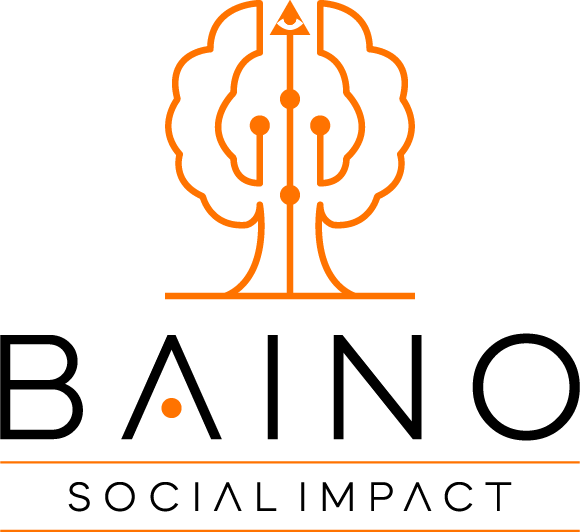Children are right at the centre of the stated vision of the Busoga region.
Vulnerability is a state of being or likely to be in a risky situation in which a person is likely to suffer significant physical, emotional, or mental harm that might result in their human rights not being fulfilled.
Article 32 of the Constitution of the Republic of Uganda states: “… the State will take affirmative action in favour of groups marginalized based on gender, age, disability or any other reason created by history, tradition or custom, to redress imbalances which exist against them.” The government of Uganda, through the Ministry of Gender, Labour and Social Development (MGLSD), is mandated to promote the social protection of poor and vulnerable children.
According to the National Orphans and Vulnerable Children (OVC) Policy and National Strategic Programme Plan of Interventions (NSPPI) for Uganda, vulnerability is defined as a position of risk from threats to one’s physical or emotional well-being. Being vulnerable implies lacking protection from such threats.
A vulnerable child is defined as one who faces the risk of physical, emotional, or mental harm and whose survival, well-being, and development are threatened. The most vulnerable children include those living independently, those in conflict with the law or in abusive situations, and those orphaned.
According to the NSPPI for Uganda, an orphan is defined as a child younger than 18 years of age who has lost one or both parents. A child who has lost a mother is a maternal orphan, while a child who has lost a father is a paternal orphan. A child who has lost both parents is a double orphan.
During the survey, information on orphans was solicited by identifying all household members below 18 years and whether their biological father or mother was alive on the survey date. The collected information indicated that 11% of children aged less than 18 years were orphaned, i.e., they had lost either one parent or both parents.
Childhood
Children are at the centre of the stated vision of the Busoga region. For Busoga to become a literate society, it must realize that children are not only the foundation of this objective but also the structure, the operation, and tomorrow’s influential actors in progressing the quality of this objective.
This necessitates every stakeholder to invest heavily in the quality of life of Busoga children. It helps to start by acknowledging the current state of childhood in the Busoga region.
Conditions of grinding poverty characterize the current state of Busoga children.
Many of these children are raised with limited or no access to essential resources. They are bound to have experiences that negatively affect their emotional, physical, and brain development. Many don’t attend school, teenage pregnancies are increasing, and their general health is worrying. Child labour has become a perpetual concern.

Child Labour
Child labour is a serious issue worldwide but is especially prevalent in the Busoga region, manifesting at a higher rate in districts such as Buyende, Mayuge, Luuka, Kamuli, Kaliro, and Iganga. These Busoga districts likewise have the highest dropout rates.
According to the Uganda Bureau of Statistics (UBOS), 45% of children (ages 5-17 years) in Busoga from households living below the poverty line are forced out of school to work and supplement their parents’ income. Sugar cane growing is the main economic activity in this sub-region.
Children are child labourers if they satisfy the following conditions:
- They are aged 5-11 years and are at work. They are not expected to work.
- They are 12-13 years old and doing work other than “light work” or work beyond 14 hours a week.
- They are aged 14-17 years and are involved in hazardous labour or working for an equivalent of 43 hours per week or beyond.
Community members and newspapers have expressed and reported their concerns. However, there’s a lack of information and data required to assess the extent of the problem of child labour. The estimates presented here were based, to the extent possible, on the national labour legislation.
According to UBOS, the Busoga sub-region has the highest number of children (6-13) in employment (31%) compared to less than 1% in the central region. This has accompanied low enrolment and high dropout rates at both Universal Primary and Universal Secondary Education levels.
With the high levels of extreme poverty in the Busoga region, one can’t be shocked to learn of such an effect.

Relationship Between Child Labour and Poverty
Poverty tends to expose its victims to all forms of risks, including poor physical health, general and mental health problems, a low sense of well-being, underachieving in school, missed opportunities in an area of limited or lack of resources, low life expectancy in adulthood, trauma and anxiety, social deprivation, feeling unsafe, and experiencing all forms of stigma in general society.
These consequences have long-lasting effects on children’s lives into adulthood and can stretch into future generations. Many poor children grow up to struggle, find it harder to graduate, and are more likely to become poor adults when they have children of their own. Thus, the cycle of poverty spirals.
Children growing up poor are more likely to be injured in accidents and five times more likely to die due to accidents. Poor neighbourhoods are at increased risk of cycling accidents, pedestrian injuries, falls, burns, poisonings, and chemical burns.
All these challenges amount to a high degree of toxic stress throughout a child’s growth period.
Research carried out by the Department of Science and Early Childhood Development at Harvard University, US, found that toxic stress in early childhood has a strong association with persistent effects on the nervous system and stress hormone systems that can damage developing brain architecture and lead to lifelong problems in learning, behaviour, and physical and mental health.
Therefore, creating the right conditions for early childhood development is likely more effective and less costly than addressing problems later. Later remediation for highly vulnerable children will produce less favourable outcomes and cost more than appropriate intervention at a younger age.
Ensuring the healthy development of all children is essential for communities seeking to achieve their total health, social, and economic potential. These objectives must be met to prevent “early adversity – adverse childhood experience,” as a US CDC research study defines it.
While every stakeholder must be involved to achieve these goals, we must strongly insist on a strong practical interest in guiding this exclusive role. Addressing adverse childhood experiences in the Busoga region must be a top priority.

It is clear that the greater the extent to which our children are exposed to harsh environments, the higher their chances of struggling during adulthood, including experiencing higher rates of teen pregnancy.
As a result, it is incumbent upon us to establish and strengthen the community cohesion, networks, and social relationships that are under threat in this day and age, as well as to act as bulwarks against the harsh environment.
To reduce harm, we must create positive childhood experiences for our young ones, emphasising closeness, support, loyalty, protection, love, and importance and paying close attention to their needs.
We must nurture a sense of belonging and care to promote, protect, improve, and restore a healthy environment. This requires understanding the reasons why we are all at greater risk.
A solid joyous childhood is the foundation of a strong community, which is the foundation of a socio-economic position. Capable children become the foundation of a prosperous and sustainable society. Strengthening our community is the only reliable way to build and develop ourselves “from the bottom up” with circuits, skills, structures, systems, and policies that best suit us.
This consideration is of the essence for the Busoga region to achieve its vision. The current state of the Busoga region requires us to build growth-promoting experiences in every sector, including parent education, family support, early childcare and education, and intervention services.
With children being the centre of the vision of the Busoga region, there is a need for everyone to be in accord to achieve it. This includes all parents, informal and formal community programs, government and private organisations and companies, and profit and non-profit services. Everyone.
This is how an impact can be maximised even amidst adversity, as the region currently finds itself. This is how our region can develop and meet the emotional, physical, and social requirements of children. This will pave the way for mastery of literacy and other cognitive abilities. This approach will be relied on to generate concrete opportunities for individuals and the entire region to live successful lives.

